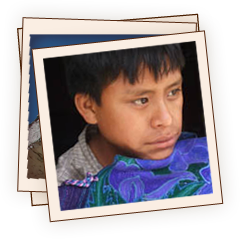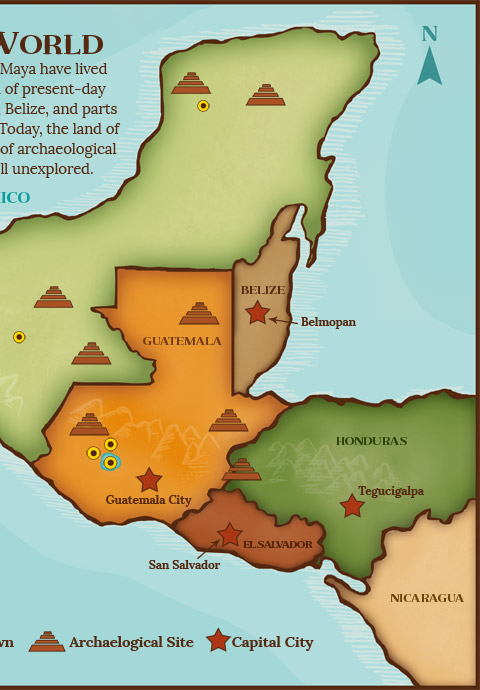The early Maya established sedentary communities in the Pacific coastal regions around 1800 BCE. By 250 CE, the Maya had developed a vibrant civilization consisting of numerous independent city-states, including the well-known ceremonial centers of Palenque, Tikal, Copán and Calakmul. Many of these ancient sites are surrounded by contemporary Maya towns and villages that have been actively populated for several hundred, and sometimes thousands of years. The Maya homelands continue to influence their culture and the Maya worldview.
“While traveling through the Maya world, I have seen a great variety of landscapes, ancient sites, and modern cities. Despite local differences, I have found that all of us Maya people share a deep connection to the homelands we walk on, the corn we eat, and the sky we watch.” Julián Cruz Cortés, Yucatec Maya, Architect
Instructions:
Click on the Town and Archaeological Site symbols seen in the key to learn more about the area. Images can be downloaded in the Resources Section of the site.



